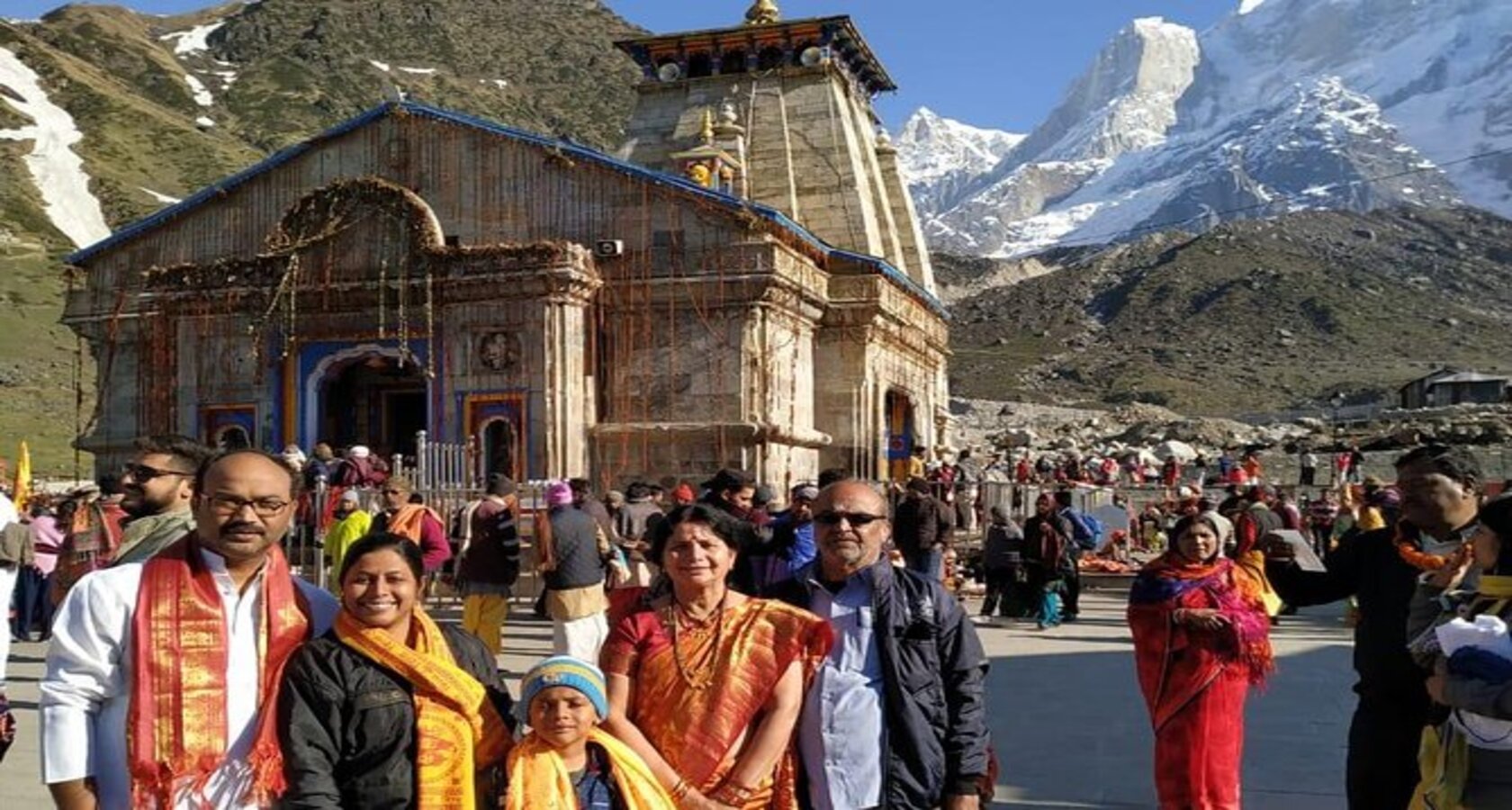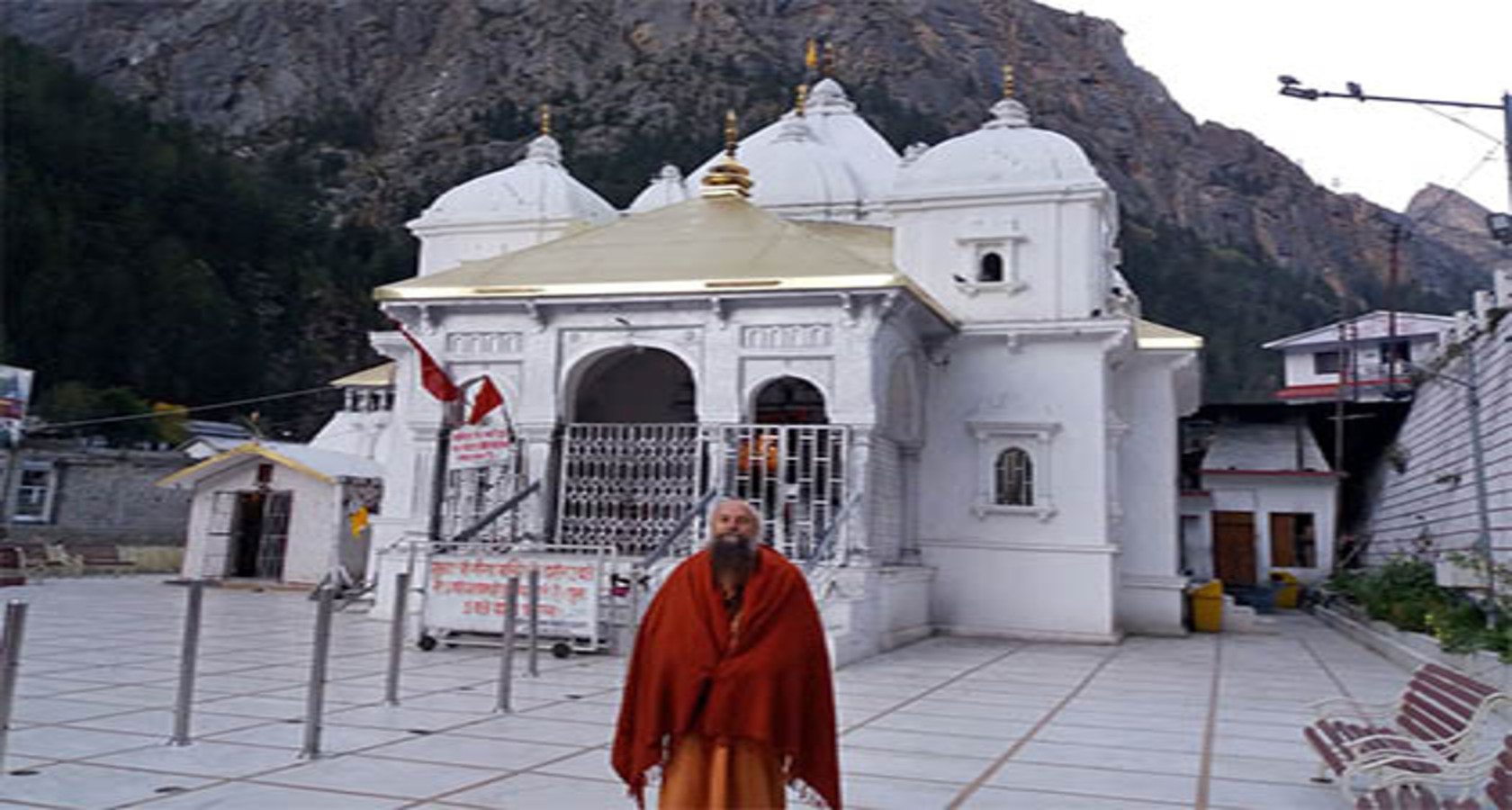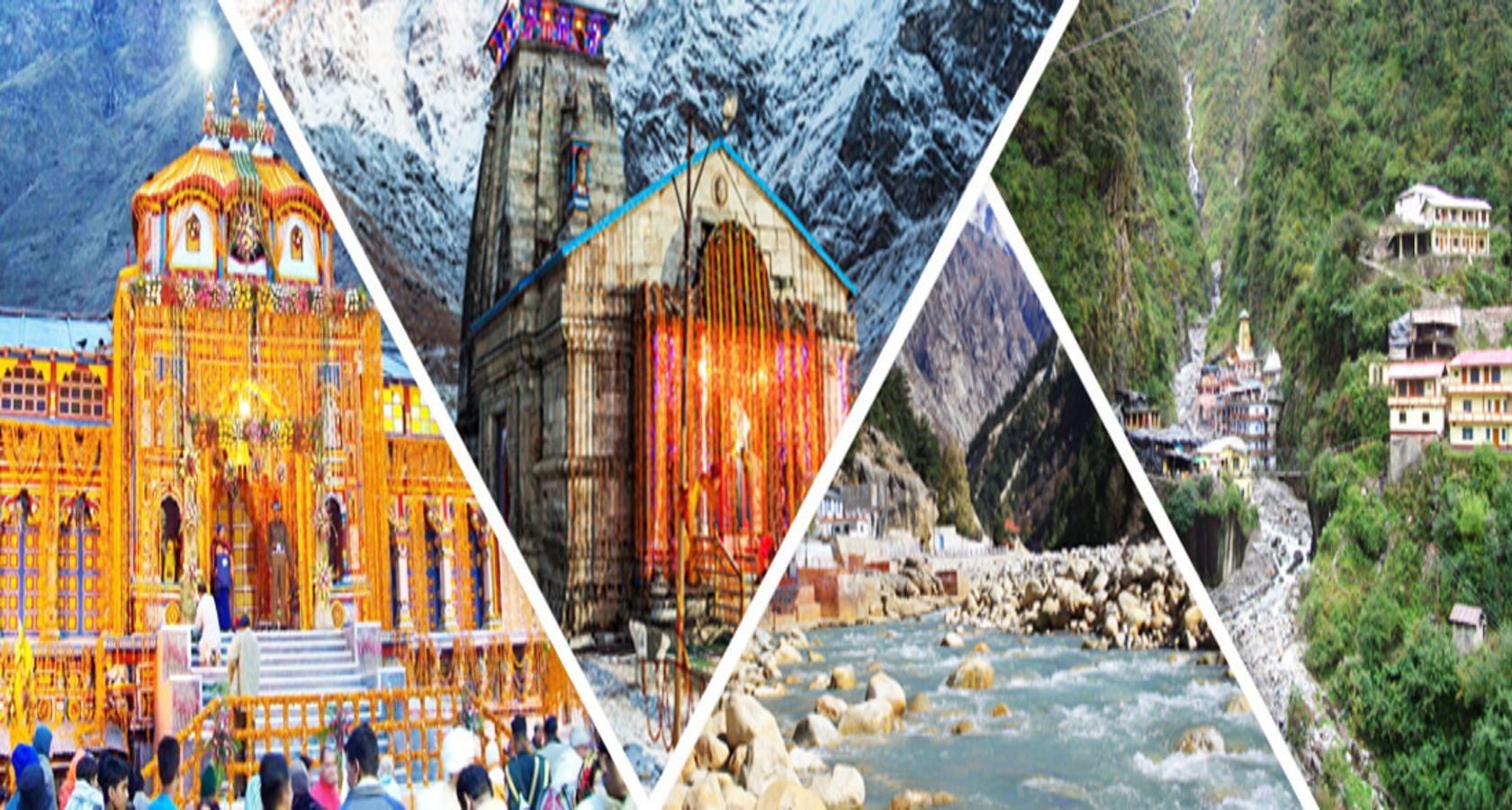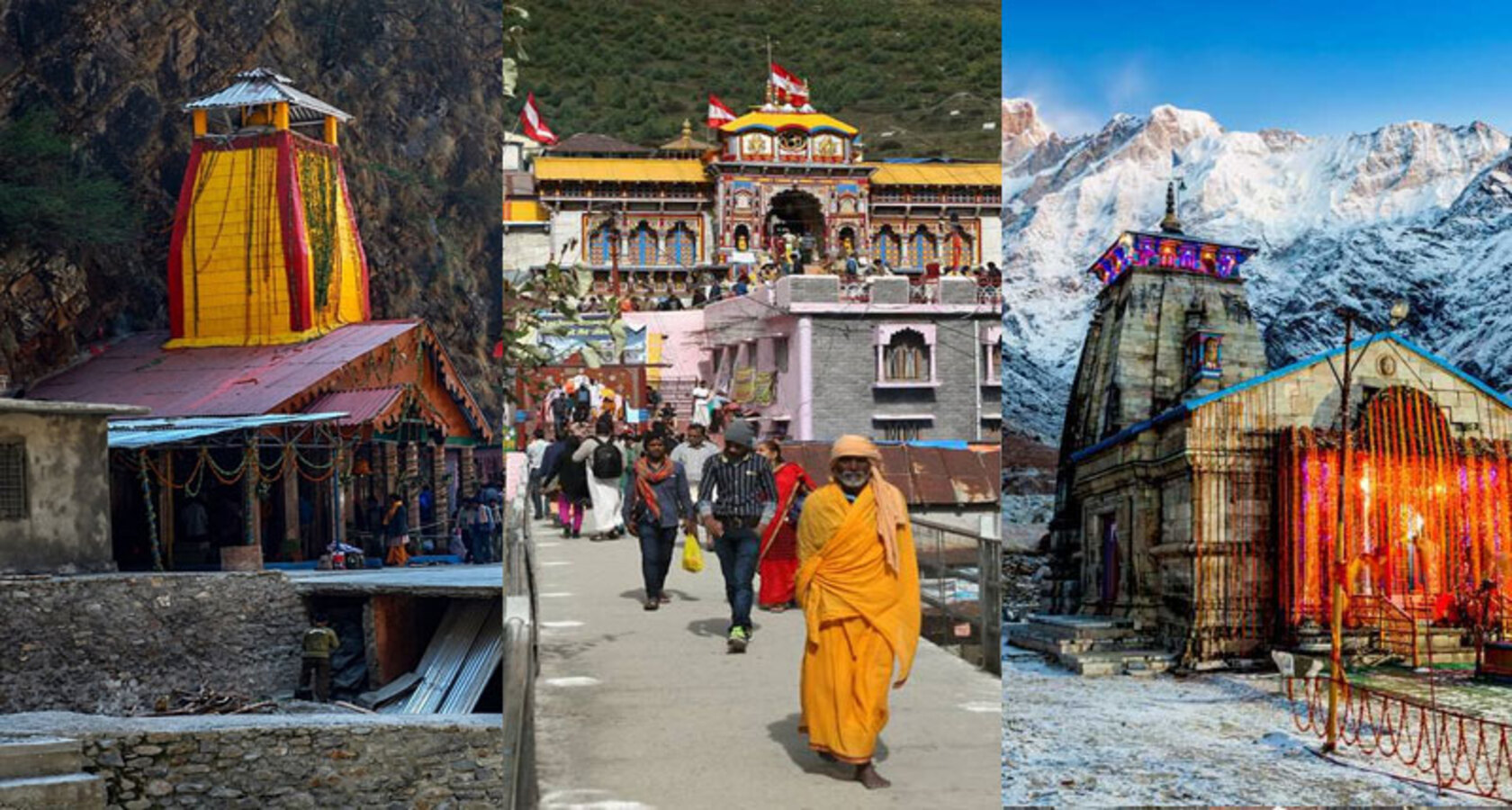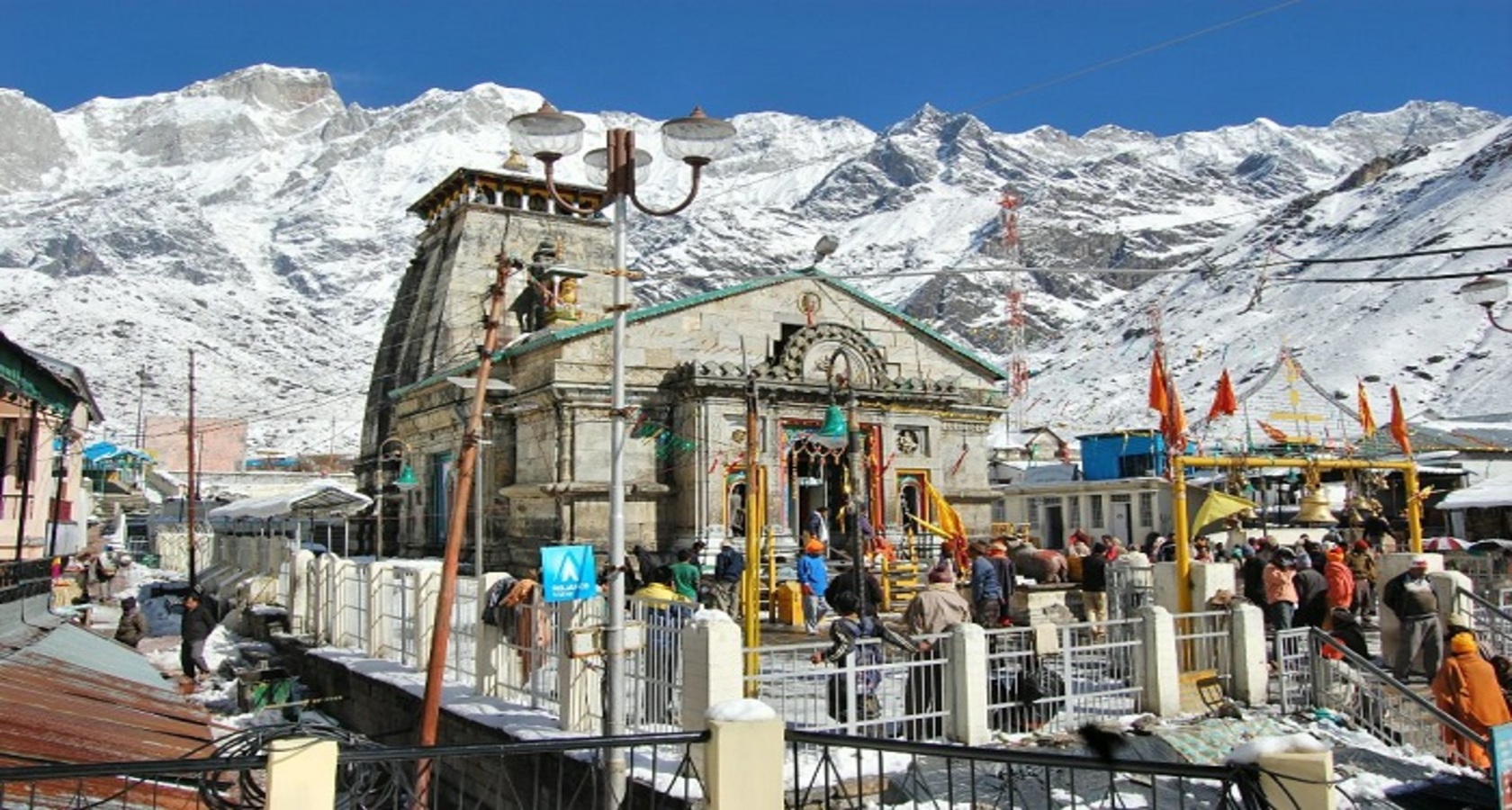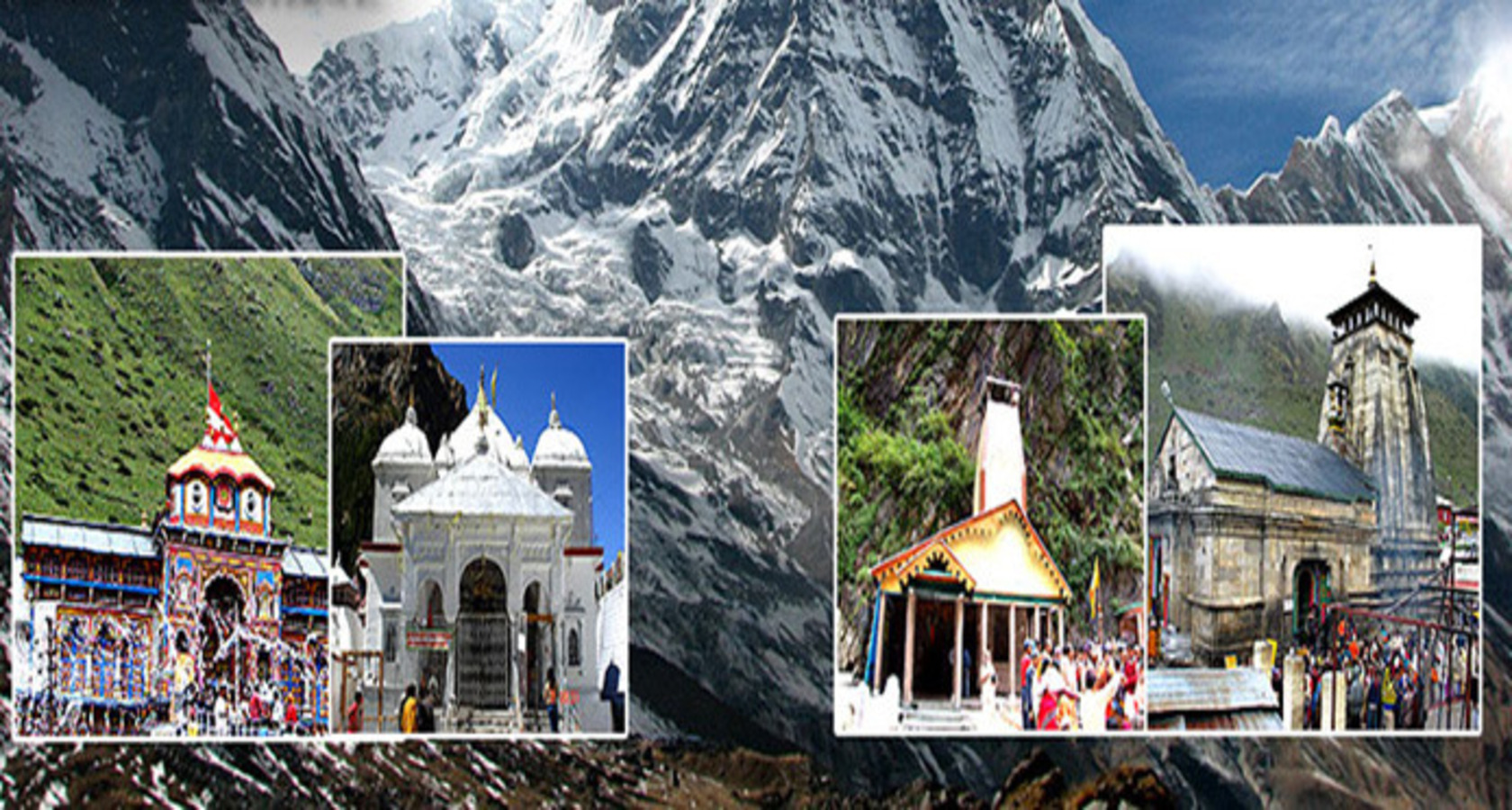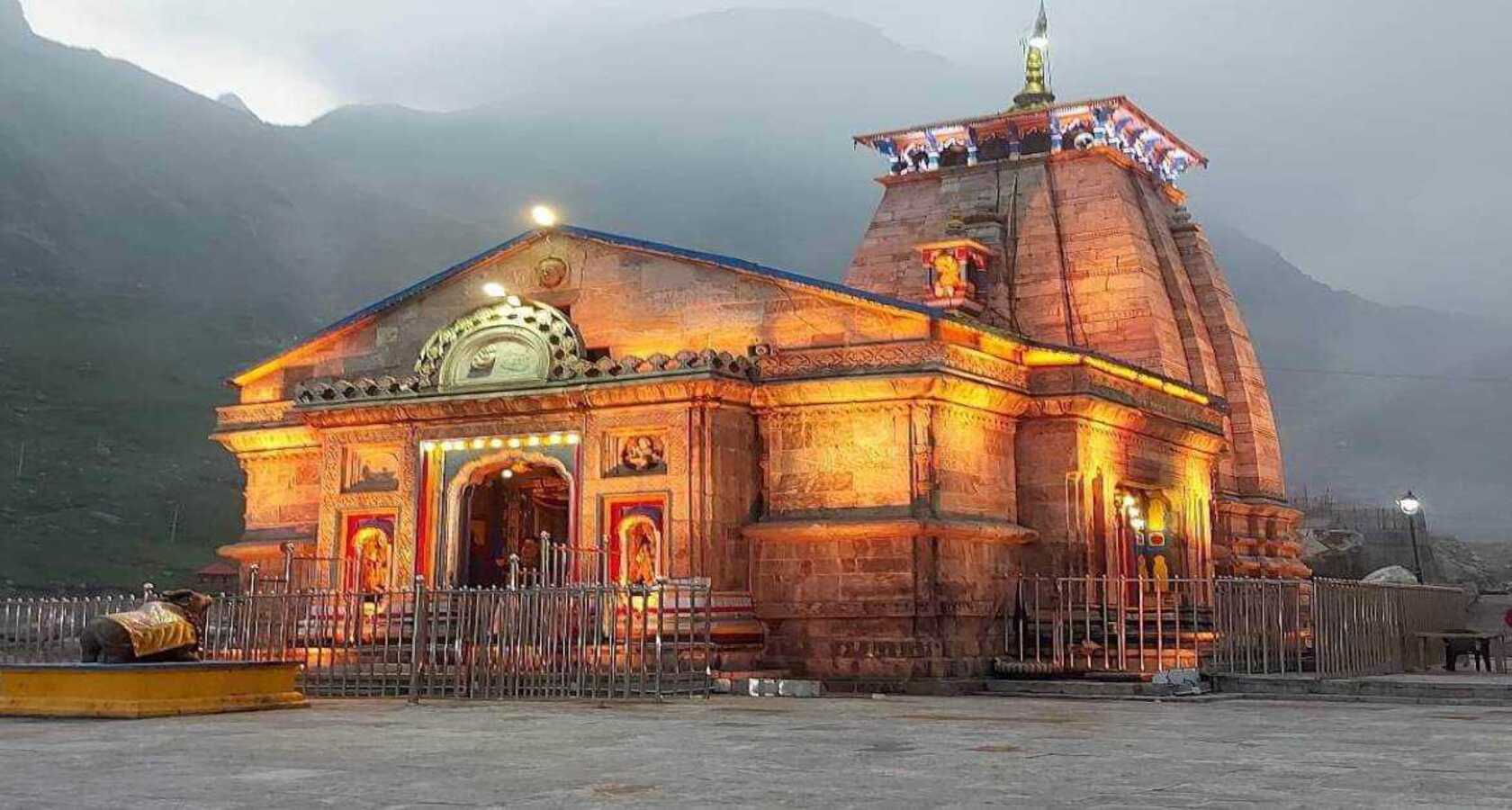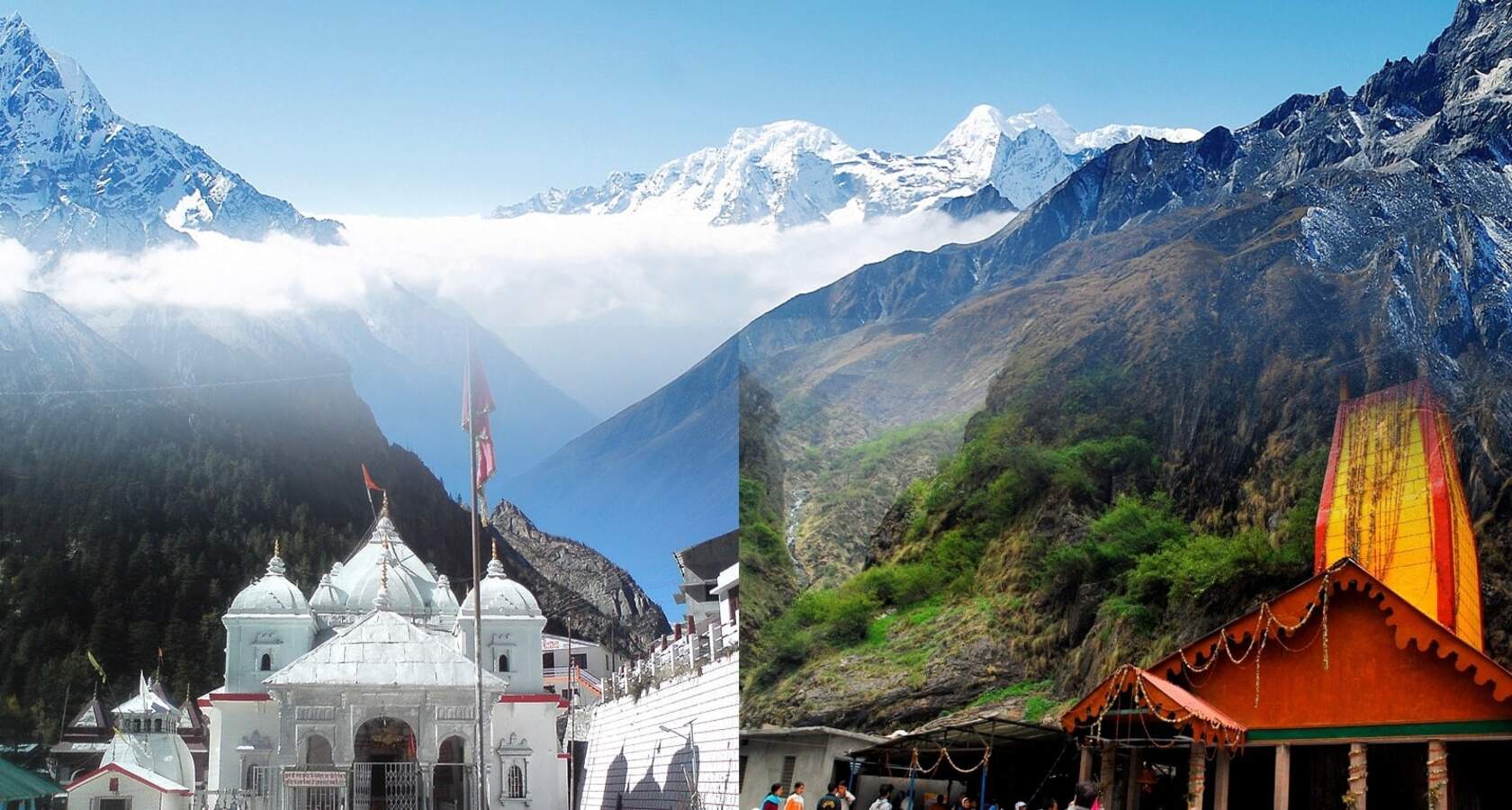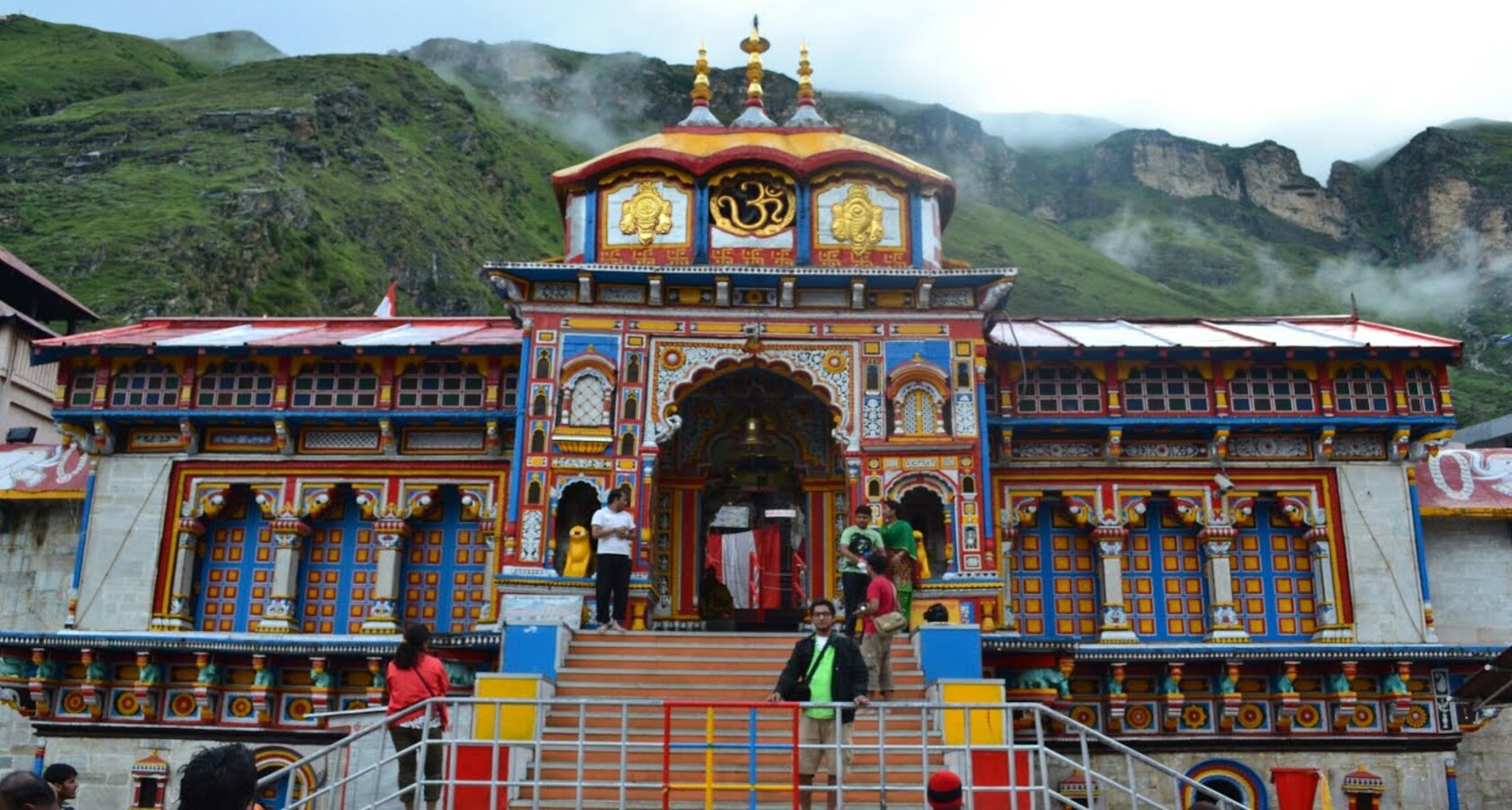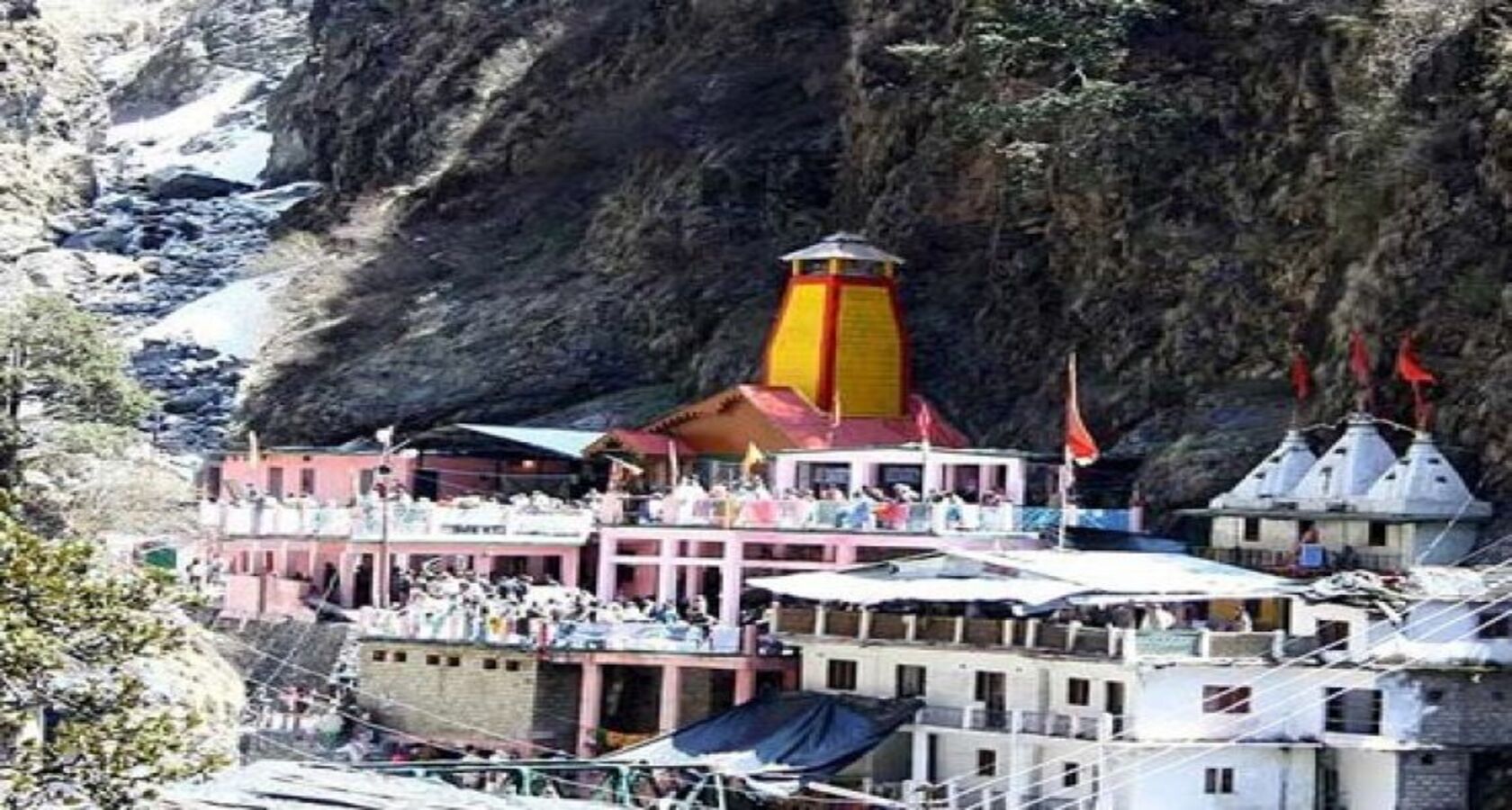
Chardham Yatra Cheap Package from Haridwar Cost:15,000 Per Person Group Tour.
Chardham Bundle From Haridwar 2026 Locations Included
Kedarnath, Badrinath, Joshimath, Srinagar, Rishikesh, Uttarkashi, Gangotri, Barkot, Haridwar, and Guptkashi
Detailed Day-Wise Itinerary for the 9 Nights/10 Days Chardham Package From Haridwar in 2026
Day 1: Barkot – Haridwar (210 km/7-8 hrs)
Arrival in Haridwar received from your location by a YH executive, then driven to Barkot Visit the Satya Narayan Temple and Kempty Falls en route from Haridwar. Once you have reached Barkot, register at your camp or hotel. The rest of the day is free to unwind and preserve your energy for the Yatra of Yamunotri 6kms Trek the next day. Dinner and spending the night at Barkot.
Barkot weather: Summer temperatures are often comfortable, ranging from 25 to 30 degrees Celsius; winter temperatures are good during the day but chilly at night, with a range of 10 to 5 degrees Celsius.
Day2: Barkot to Yamunotri to Barkot (36 km by car and 5 km by foot)
After a packed breakfast in the morning, go to Jankichatti or Phoolchatti and begin your 6-kilometer trip to Yamunotri (either on foot, by horseback, or by Doli at your own expense). Returning to Jankichatti by foot after enjoying "Darshan" of "Yamunaji" and bathing in the warm waters of Jamunabai Kund. Later on, head towards Barkot and spend the night in a hotel there.
Yamunotri shrine: In the 1800s, Jaipur's Maharani Gularia built the shrine. In the current century, it has been reconstructed after being demolished twice. Rice in Yamunotri can be cooked by wrapping it in a cloth and submerging it in the Tapt kund's hot water. This cooked rice is brought home by pilgrims as "Prasad." "Pooja" can be offered to Divya Shila here, close to the temple.
Surya Kund: Numerous warm springs that run into multiple pools are located close to the shrine. Of them, Surya Kund is the most important.
Yamunotri Weather: In the summer, the highest temperature is 18 degrees Celsius, while the lowest is 10 degrees. The nights are cold, but the days are lovely and cool.
Day 3: 100 km/ 4 hours from Barkot to Uttarkashi
Proceed to Uttarkashi in the morning after breakfast. Once at Uttarkashi, check into the hotel. Go to Uttarkashi's Kashi Vishwanath Temple. Spend the night in an Uttarkashi hotel.
There are numerous temples and ashrams in Uttarkashi. The town's name, which refers to its proximity to and closeness to the city of Kashi (Varanasi), is indicative of this. Like Varanasi, the town of Uttarkashi is located alongside the Ganga River.
One of the earliest Shiva temples in Northern India is the Vishwanath temple. restored in the traditional architectural style in 1857 by Maharani Khaneti Devi of Tehri State. It is located in the center of the community. In the temple complex, a massive iron trident representing the holy mother has been worshipped since ancient times. The temple complex also has the modest shrines of Ganeshji, Sakshi Gopal, and Markandeya Rishi. Special aartis are offered in the morning and evening, dedicated to Akhand Jyoti and Akhand Abhishek. According to the Skunda Puran, Uttarkashi is one of the twelve Jyotirlingas, the home of Lord Shiva in Kaliyug, and is referred to as "Saumya Varanasi."
Shakti Temple: The Shakti Temple is located just in front of the Vishwanath Temple. Its large "Trishul (Trident)" measures about 6 meters in height and 90 centimeters around the base. Although opinions regarding its construction vary, it appears that copper makes up the lower portion and iron the higher. According to the epics, this Shakti got its name because the Goddess Durga (Shakti) threw it on the devils. This Shakti has been erected here ever since.
The weather in Uttarkashi Summer temperatures typically reach between 30 and 35 degrees Celsius, although winter nights are nice and cool.
Day 4: (100km/3–4 on each side) Uttarkashi – Gangotri – Uttarkashi
After a hearty meal in the morning, travel to Gangotri. Once there, stop for a holy dip in the Garam Kund. Then, continue driving through the stunning Harsil Valley to reach Gangotri. Harsil is well-known for its stunning natural surroundings and for its breathtaking vistas of the mountains and deodar trees. Take a holy bath in the Ganges River, also known as Bhagirathi at its source, as you arrive at Shree Gangotri. After completing Pooja and Darshan, take a little break and enjoy the beautiful surroundings. Return to Uttarkashi later. Spend the night in an Uttarkashi hotel.
Gangotri Temple: Located on the right bank of Bhagirathi, the temple was constructed in the 18th century by the Gorkha general Amar Singh Thapa.
Gangotri Weather: In the summer, temperatures can reach as high as 20°C. Evenings in the summer can drop to as low as 10° Celsius. It is necessary to wear lightweight woolen clothing when visiting Gangotri in the summer. Gangotri experiences bitterly cold winters. In the winter, Gangotri will be blanketed in thick layers of snow. Because of the heavy snowfall during the winter, pilgrimage centers are closed.
Day 5: Guptkashi – Uttarkashi (220 km/8–9 hours)
After breakfast in the morning, travel via Moolgarh and Lambgoan to Guptkashi. At Tilwara, you may glimpse the stunning Mandakini River while traveling. The Mandakini River originates near Kedarnath; to get to Guptakashi, drive beside the river and stop at the Ardh Narishwar Temple. Once at the Guptakashi hotel, check in. Stay overnight at Hotel in Guptkashi.
Guptakashi - Gupt Kashi translates to "Hidden Benares." According to legend, when the Pandava brothers were trying to catch a glimpse of Shiva, he first hid himself at Guptkashi and then escaped up the valley to Kedarnath, where the Pandavas were eventually granted their request. There are also more concrete connections: the Kedarnath pandas, or priests, reside in Guptkashi during the winter, and the image of Kedarnath travels via Gupt Kashi on its route to Ukhimath (across the valley), where it spends the winter.
Guptkashi Climate – It is true that during the summer, temperatures hover around 25 to 30 degrees Celsius. chilly during the winter.
Day 6: Guptkashi – Kedarnath (road 30 km, one-way trek 19 km)
Early morning after breakfast leave for Kedarnath dham. Savor the Kedarnath Darshan. Spend the night at the Govt. Guest House in Kedarnath. By Helicopter: In the morning, your reserved Helipad will be dropped off by our driver. Whether you are arriving by hike or by helicopter, you can let the driver know when you will be arriving so that they can arrange for you to be picked up. Please take note that this bundle does not include a helicopter ticket.
journey: In the morning, our driver will drop you off in Sonprayag. From there, you will need to take a local jeep to Gaurikund, from where your journey to Kedarath Ji begins. You do the same after darshan and head back to Sonpraag. There is a serious parking problem, therefore the driver will return to another palace. If his phone number is unreachable, you will need to schedule a different taxi or wait for your driver.
Kedarnath: Set against the breathtaking background of the Kedarnath range, the Kedarnath shrine is one of Lord Shiva's twelve jyotirlingas. Lord Shiva is also known by the name Kedar. Legend has it that the Pandavas, having defeated the Kaurava in the Kurukshetra battle, felt bad about killing their own brothers and demanded a ransom from Lord Shiva in order to get his blessings. He continually avoided them and sought safety in the shape of a bull at Kedarnath while escaping. He dove beneath the earth, leaving his hump visible, upon being pursued.
Kedarnath Weather: Because of its high altitude, Kedarnath experiences cold weather for the most of the year. Here, winter is harsh and winter is pleasant and cool. The summertime temperature fluctuates by about 20°C. Wearing light wool is advised. In Kedarnath, the winters are harsh, with temperatures dropping as low as 0°C. The area receives snowfall around this period as well. Because of the extremely cold weather, most tourists avoid this time of year.
Day 7: Guptkashi - Kedarnath
After darshan in the morning, return by track or helicopter to Guptkashi. Spend the night in a Guptkashi hotel.
Day 8: 160 km/7 hours, Guptkashi – Badrinath
Move to Badrinath in the morning after breakfast. Check in to the hotel arrival in Badrinath. Following their bath at the Taptkund, pilgrims participate in the evening Aarti and Badrivishal Darshan. For the Pinddan Shraddh of the ancestors (Pitrus), Brahamakapal is significant. Other noteworthy tourist destinations are Mana, the "Mukh" of the Saraswati River, Vyas Gufa, Maatamoorti, Charanpaduka, and Bhimkund. Just three kilometers away from Badrinathjee. Spend the night at the Badrinath hotel.
Mana settlement is the final Indian settlement before Tibet, home to an Indo-Mongolian tribe.
Vasundhara: As the name implies, this stunning waterfall is very wonderful. This location is 5 kilometers from Badrinath, of which 2 km can be traveled by car to reach Mana.
Bhim Pul: Across the raging Saraswati River from Mana village is a large rock that acts as a natural bridge. It is thought to have been erected there by Bhim, the second oldest of the five Pandava brothers, and offers a breathtaking view of water pouring down through the little opening beneath the rock.
Vyas Gufa (cave): Ved Vyas is thought to have appeared in the Mahabharata and the puranic comments in this rock-cave, which is close to Mana Village.
The average minimum temperature in Badrinath is 8°C, while the maximum temperature is expected to be approximately 18°C. when this reason, wearing warm, woolly clothing is necessary when visiting Badrinath at any time of year. In Badrinath, snowfall is a common feature of winter. With an average low of 5°C, winter is quite cold. Owing to the extremely cold temperature, tourists are typically not allowed during this period.
Day 9: 180 km/7 hours from Badrinath to Joshimath to Srinagar
Moving for a night's stay at a hotel in Srinagar in the morning after breakfast.
The weather in Srinagar Summers are often hot, with temperatures between 35 and 40 degrees Celsius. Winters are comfortable during the day but chilly at night, with average temperatures between 20 and 5 degrees Celsius.
Day : 10 Srinagar – Haridwar (165kms/5-6hr)
Breakfast in the morning and then heading via Rishikesh to Haridwar. The Shivalik range of the Himalayas encircles the renowned spiritual town of Rishikesh, often known as the "place of sages," on three sides. Rishikesh is located on the Ganga river. According to legend, God took the form of "Hrishikesh" when Raibhya Rishi performed severe penances, and this region thereafter gained the name Rishikesh. Register at the hotel. Later, go to the Laxman Jhulla, Ram Jhulla, Geeta Bhawan, and Parmarth Niketan temples and sights in Rishikesh. Spend the night in a Haridwar hotel.
Char Dham Hotels will be the same or comparable to Deluxe Barkot Hotel Kumar Residency or Hotel Amar Palace in terms of destination standard.
Hotel Alaknanda/standard Rampur Hotel Alaknanda Resort
Pipalkoti Hotel Rajput Deluxe Hotel Rajput Supreme
Uttarkashi Hotel Dev Ganga Hotel Krishna Palace
Included in the package:
reception and help upon arrival.
daily set menu: eight breakfasts and eight dinners.
Accommodations at a hotel's Deluxe room.
sharing rooms based on the size of the group.
Parking, toll tax, and driver Bata.
Transporation Based on the Size of the Group.
Exclusions from the package:
5% GST is not included.
Anything not stated under 'Package Inclusions'
All personal costs, extra meals, and optional tours.
travel and health insurance.
Any entrance fees, wherever they may be, if not specifically stated.
Gratuities, health insurance, medical coverage, laundry fees, alcoholic beverages, mineral water, and phone costs.
Everything that is personal.
rail or airline ticket.
Porter or coolie fees.
The camera is charged.
contributions made in temples.
prolonged visitation or journey for any purpose.
Any additional meals not included in the tour cost.
Anything else not included under "Tour cost includes."
Fees for the guide and entrance when sightseeing.
PAYMENT POLICY :
5100 Rs at the moment of booking
Remainder due upon receipt of voucher or prior to embarkation
Policy for Cancellations:
10% of complete tour cost - 45 days before to arrival.
25% of the total tour price, payable 30 days in advance.
50% of the total tour price, payable between 15 and 29 days before the tour.
25% of the total tour fee, payable between 14 and 7 days before the tour.
100%-seven days before the tour.
